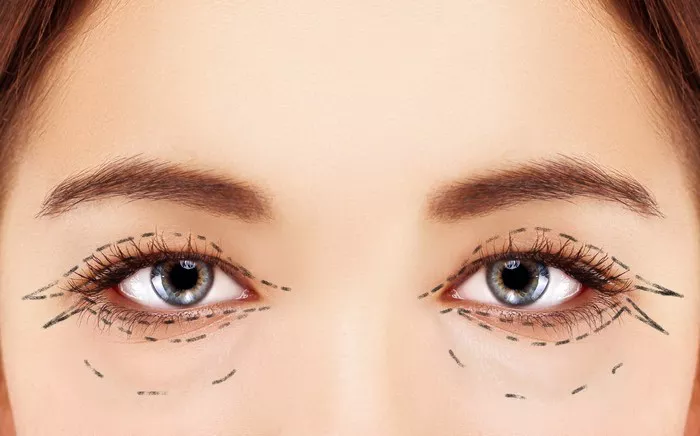Blepharoplasty, commonly referred to as eyelid surgery, is a cosmetic and sometimes medically necessary procedure that aims to rejuvenate the appearance of the eyes by removing excess skin, muscle, or fat from the eyelids. While blepharoplasty is generally considered safe when performed by a skilled and experienced surgeon, there are concerns and misconceptions regarding potential complications, including the fear of blindness. In this article, we will explore the safety of blepharoplasty, the potential risks associated with the procedure, and whether it can cause blindness.
Understanding Blepharoplasty
Blepharoplasty is a surgical procedure that can be performed on the upper eyelids, lower eyelids, or both. It is often sought for both cosmetic and functional reasons. Cosmetic blepharoplasty aims to improve the appearance of the eyes by addressing concerns such as droopy eyelids, bags under the eyes, and puffiness. Functional blepharoplasty, on the other hand, is performed to address vision problems caused by sagging or excessive eyelid skin.
The Safety of Blepharoplasty
Blepharoplasty is generally considered safe when performed by a board-certified and experienced plastic surgeon or oculoplastic surgeon. The procedure has been refined over many years, and advances in surgical techniques have significantly reduced the risk of complications. However, as with any surgical procedure, there are potential risks and side effects to consider.
Potential Complications of Blepharoplasty
While the risk of blindness as a result of blepharoplasty is extremely rare, there are other potential complications and risks associated with the procedure. These can include:
Infection: Any surgical procedure carries a risk of infection. Surgeons take precautions to minimize this risk through sterile techniques and proper wound care.
Hematoma: The formation of a hematoma, or a collection of blood under the skin, can occur but is relatively rare. Proper surgical technique and post-operative care can help prevent this complication.
Scarring: While surgeons aim to minimize scarring by placing incisions in inconspicuous locations, some degree of scarring is inevitable. Scars typically fade over time.
Eyelid Asymmetry: Achieving perfect symmetry between the two eyelids can be challenging. Minor differences in eyelid height or appearance may occur but are usually not noticeable to others.
Dry Eyes: Temporary dryness and irritation of the eyes can occur post-surgery, but this typically resolves with time and proper management.
Blurred Vision: Some temporary changes in vision, including blurred vision or sensitivity to light, can occur during the initial recovery period but usually improve over time.
Ptosis: In some cases, eyelid ptosis (drooping) can occur after blepharoplasty. This is typically due to changes in muscle function and may require additional treatment.
Can Blepharoplasty Cause Blindness?
The risk of blindness as a direct result of blepharoplasty is exceptionally low. Blindness following blepharoplasty is an extremely rare complication and typically occurs in the context of severe and uncontrolled bleeding during the procedure.
Here are some key points to consider:
Hemorrhage Risk: The primary concern for potential blindness during blepharoplasty is excessive bleeding, which can compress the optic nerve or damage the blood vessels supplying the eye. Surgeons take rigorous measures to minimize bleeding during the procedure.
Experienced Surgeon: Choosing an experienced and skilled surgeon greatly reduces the risk of complications, including those related to bleeding and vision.
Preoperative Evaluation: Surgeons perform a thorough preoperative evaluation to identify and manage any underlying medical conditions or risk factors that could increase the likelihood of complications.
Emergency Preparedness: Surgical facilities are equipped to handle emergencies, including excessive bleeding, and have the necessary resources to respond swiftly and effectively.
Informed Consent: Prior to the procedure, patients receive detailed information about potential risks and complications and provide informed consent.
Conclusion
While the fear of blindness associated with blepharoplasty is understandable, it is essential to emphasize that this is an exceedingly rare complication. Blepharoplasty is generally considered safe when performed by experienced surgeons in appropriate surgical facilities.
If you are considering blepharoplasty, it is crucial to consult with a board-certified plastic surgeon or oculoplastic surgeon who can assess your individual needs, discuss potential risks, and provide guidance on the procedure. By selecting a qualified and experienced surgeon and following post-operative care instructions diligently, you can minimize the risks associated with blepharoplasty and achieve the desired rejuvenation of your eyelids.


